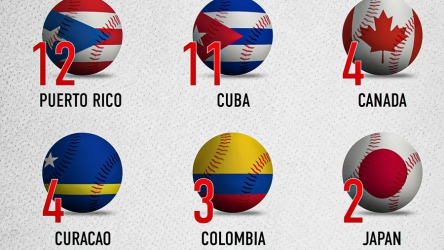
The evolution of technology has transformed the way that sporting organisations manage their clubs, making the process easier and more efficient by allowing key members of the institution to communicate at any time, anywhere, from any device.
From a time where match and player analysis, reports, and decision-making would involve endless paper pushing, to an era of emails and attachments, sports are increasingly using mobile technology and apps to share vital information, communicate with members, and manage the day to day running of the club.
Technology for Every Team Member
Managing the timetables, communication and reports of the team from a desktop might not have posed problems to the top tiers of an institution who spend much of their time in the office. However filtering this down through the club to the managers, coaches, and players who spend most of their time on the pitch is a problem that has long faced the sporting world. Face to face communication and phone calls may have sufficed when there was no alternative, but logging conversations and information passed between different levels of the club often results in a form of Chinese whispers, which can jeopardize the efficient running of a club.
By moving sports management onto mobile technology platforms, any member of the club is able to pick up and send messages, track performance, and receive vital information immediately, without it getting lost in translation. A last minute change in timetabling, for example, can instantly be implemented, whilst a player struggling with an injury can keep the relevant parties updated to help the smooth management of the team. And simply by logging into their sports performance software on a PC, tablet, smartphone or other device at their own convenience.
The Dawn of Sports Data
A field that has long been developing as a crucial source of improvement for any sporting institution, the use of data in sports has come on leaps and bounds with the sophistication of mobile technology. Instead of complex spread sheets and lengthy reports, data can now easily be consumed by institutions to analyse key elements of the team, inform decisions, and monitor the performance of the players and the overall club.
Supported by facts and historical trends that clearly display the successes and failures of strategies and training, sports management is no longer a form of guesswork; it’s a tailored approach to drawing from these lessons to move forward as a stronger team. Weaknesses can be identified and worked on, whilst strengths can be reinforced, giving managers authority backed by statistics.
Sports performance and management software has become an indispensible tool to the sporting world, as the ability to use these platforms across a range of devices makes it accessible for all levels of a team. So if you haven’t invested in such software and the technology that supports it yet, it’s time to bring your organisation into the future of efficient and successful management tools. Have a look into it now and don’t lose any more time.
This article is written by Kelly Gilmour Grassam, a freelance copywriter from Yorkshire. You can follow her on Twitter at @KellygGrassam. This article has been written with helpful information from The Sports Office.






